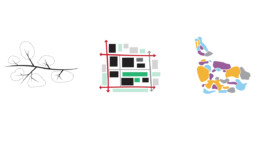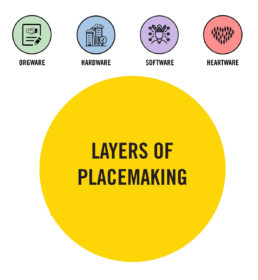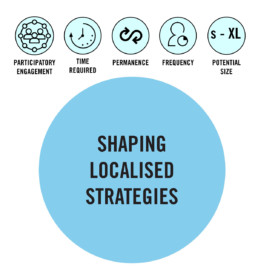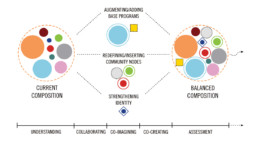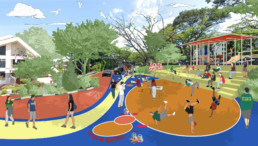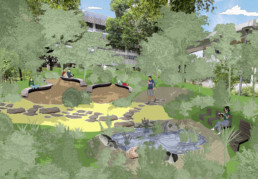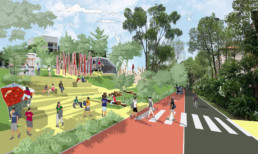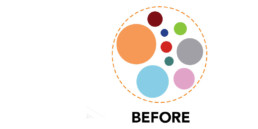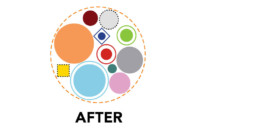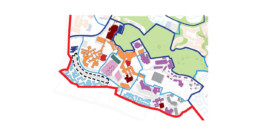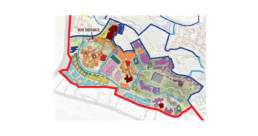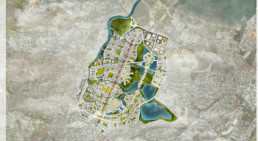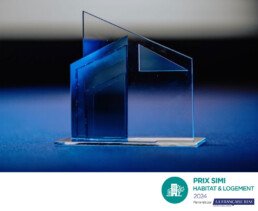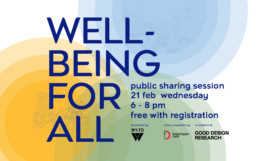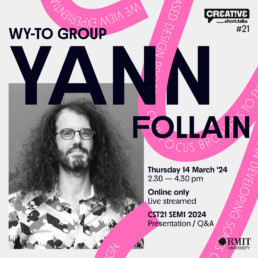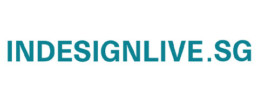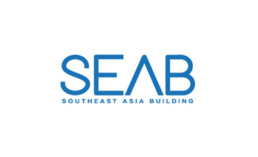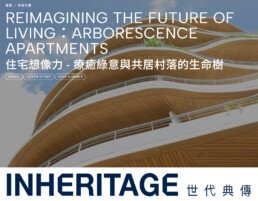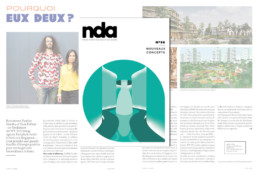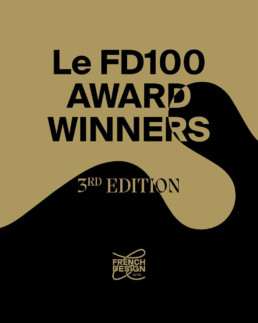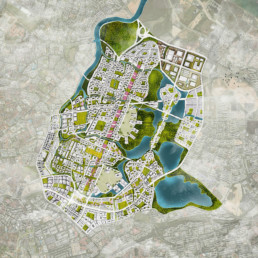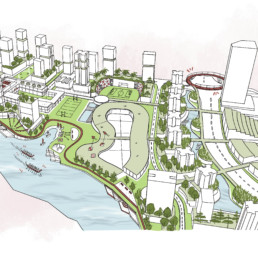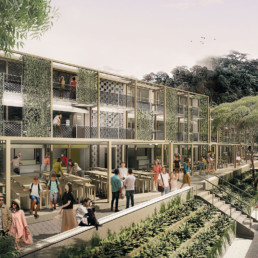Type
Invited Tender
Programme
Campus Masterplan
Well-being Evaluation
Placemaking Strategy
Location
Singapore
Area
150 ha
Timeline
06/2024 – 01/2025
Partners
SAA Architects, KTP Consultants, Aurecon Singapore, Surbana Jurong, Atelier Ten, Ramboll Group
Team
Yann Follain, Feranda Chua, Elise Carron
A nature-based approach to Campus Masterplanning
Amidst the natural greenery atop hilly terrain sits a campus that has consistently evolved and expanded with time. The analysed urban typology presented a Branch-like Growth with both high and low-density clusters and Hard boundaries from the 3 expressways and a road. As such, programmes within are developed in a Mixed Fine Grain manner.
The vision for The Living Campus masterplan thus revitalises through the inherited asset, The Ridge. Accordingly, the introduction of 5 x 15-minute villages charts a cohesive journey, unifying faculties on either side. Programmes within each village are guided by the ideal anatomy of a village. In doing so, placemaking strategies root to nurture different but distinct place identities.
The 150ha site was first evaluated through the “Well-being for All” framework for an overarching view on latent opportunities that design could enhance. The analysis, based on the 12 Principles of Well-being, guided the next steps in the masterplanning and was further used to outline the Community Engagement Process. The Placemaking Framework, which was derived, followed a human-centric and clear structure. Beyond scalability, adaptability and resiliency, the proposed strategies stimulate social engagement to form more enriching community experiences.
A Holistic Placemaking Toolkit was then tailored for targeted space activations through the 4 Layers of Placemaking – Orgware, Hardware, Software, Heartware. The list, consisting of varying permernanece, engagement intensity, size and time required, are detailed in an accessible manner for future references in different hands. Understanding that shared goals and vision change with time, proposed strategies are agile and non-linear. The flexibility empowers empirical data and insights to be collected over time. Thereby ensuring the longevity of successful use and maintenance of interdisciplinary typologies.
